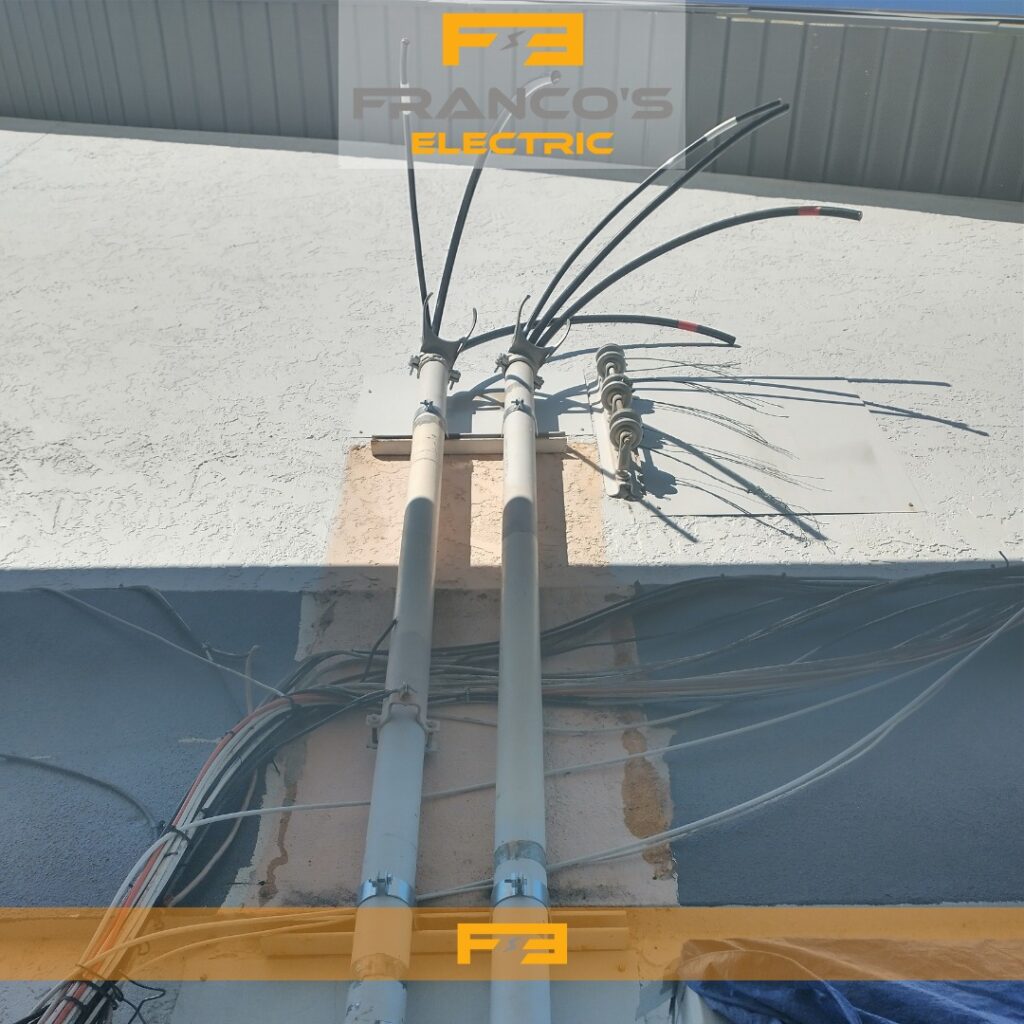Having good wiring in your home is essential. We rely on electricity for so much in our modern lives, and a power cut is never ideal. However, a wrongly installed and poorly maintained electric system can be very hazardous. It can lead to a fire outbreak that puts your house occupants and property at risk. Therefore, you should inspect your house wiring often to look for warning signs that indicate the presence of a significant problem and call a professional to fix it.
Here are various ways to check for any faults in your house’s electrical wiring.
- Look for Visibly Damaged Wiring
During your routine electrical system inspection, look for signs of damage on the wires. Keep in mind that electrical wires can get damaged with age or due to pests and wrong wiring. Be wary of frayed cables since they can cause a fire and lead to electric shock.
If you notice chew marks on the wiring, it’s an indication of rodents’ activities. Once you spot such problems, call your technician immediately to inspect and fix the wiring. Keep an eye on tangled and messy wiring too. This is a sign of rushed and poorly done electrical work. - Check for Hot Outlets or Switch Plates
Look at all the outlets within your property, touch them, and if they feel uncomfortably hot, it’s an indicator that your home has faulty wiring. Although some electrical appliances emit heat during operation, the outlet should never get hot. Unplug the devices in the hot outlets and don’t use them until a technician troubleshoots and fixes the issue. - Pay Attention to Frequently Blown Fuses or Tripped Breakers
Circuit breakers trips and fuses blow out in case of a fault in the circuit to protect the house from fire. If the fuses blow often or the breaker keeps tripping, then something isn’t right. This can occur as a result of a wiring problem. Consult your technician, and they may suggest that you add circuits and install extra outlets to handle the high electric demand. - Check for Discoloration of Sockets
A discolored socket or light switch is evidence that the wiring is heating up. In most cases, this happens due to a loose connection or faulty wiring. Such issues cause a short circuit, which leads to a mini fire that discolors the outer surface of the outlet. - Check for Aluminum Wiring
In the 1960s and ’70s, home builders used aluminum wiring as a cheap substitute for copper. However, aluminum quickly corrodes when in contact with copper. It also loosens up over time, overheating the plugged-in electrical appliances, which can cause a fire. If you live in an older home, chances are, you have aluminum wiring, and you might want to consider rewiring. - Be Careful With Burning Smells
New appliances may produce some strange odors a few minutes after powering them. However, an odd persistent odor coming from the outlets requires immediate attention. If you notice some burning smell in your house, the wiring could be overheating and melting out the outer protective sheath.
It signifies that potential fire damage has begun, and it can quickly spread to the surrounding materials. Disconnect every appliance from the circuit, manually trip the breaker and keep a fire extinguisher close. Immediately call your electrician to check and fix the problem. - Check for Loose Outlets
Regularly assess the condition of all outlets in your house. This can be dangerous if you plug in a device and the outlet moves around. A loose outlet shakes the wires, loosening them, and disrups the electricity flow leading to sparks, shock, and potential fire hazards.
Make it a habit to check the electrical system’s state in your house regularly. Constantly inspecting your electric system will help you detect problems and call a technician to fix them before they escalate into significant issues. You will also keep the home safe, prevent appliances from malfunctioning, and keep your electric system efficient. While there are simple tasks that you can fix on your own, the electric system is quite complex, and some significant problems require an expert approach.



